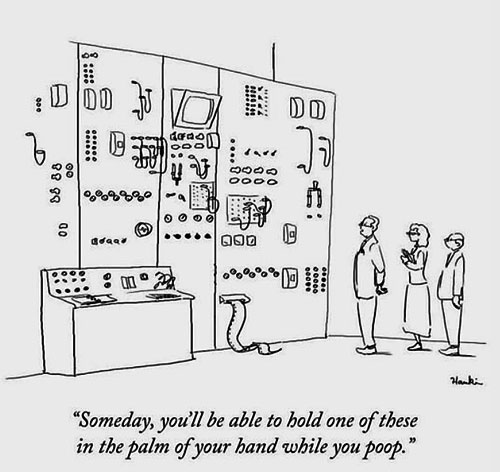HOME | FAMILY | CONDUCTING | SINGING | USU | STEINER | STANFORD | PHOTOS
26th AMENDMENT SIGNING | MEMORIES | YOUTUBE VIDEOS
My First Encounters With Computers
When I registered as a freshman at the University of Kentucky in 1955, I realized that the process was different from registration in my small hometown’s high school in Somerset, Kentucky. At U of K, we were given rectangular cards with holes punched in them, and we stood in long lines to get these cards which secured admission to each class – a process that took several hours of student and faculty time.
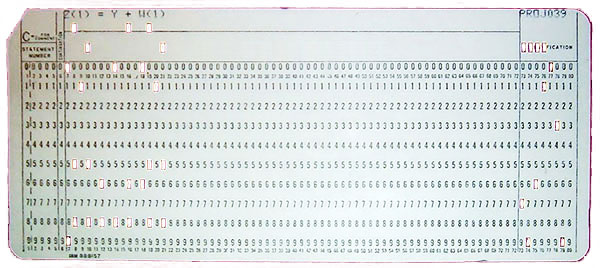
IBM Hole-Punch Card
While I was a student at Columbia University, I learned of the existence of McBee Key-sort Cards. These were 5x8-inch paperboard cards with holes punched all around the edge, which reportedly could allow data to be stored for manual sorting. This was long before the days of personal computers, and they were rather like a poor man's computer, with no electronic machinery involved. They might have worked for some folks, but I found them not very helpful for my needs.
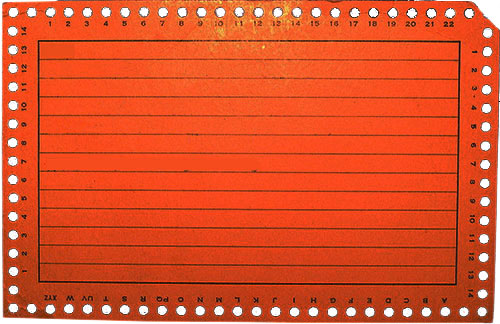
McBee Key-sort Card
In my first full-time teaching job at Kentucky Southern College, I often visited the “computer center,” which contained enormous electronic machines that could both punch holes and read information from the cards. It was amazing to me that a giant machine could be so helpful. I distinctly remember that the electronics produced a great deal of heat, and everything seemed to be somewhat secret to those who were running the machines.

After I was hired as a faculty member at Stanford University one of my doctoral students handed me a paper with both the left and right margins aligned perfectly. I was astonished at the visual impact of the typed text. It was just like reading a published book! How was this possible? The student, Craig Jessop (who later became the Director of the U. S. Air Force Singing Sergeants, the Conductor of the Mormon Tabernacle Choir, the Head of the Music Department at Utah State University, and eventually the Dean of the Caine College of the Arts at Utah State University) said, “I typed the paper using a computer at the Stanford Computer Center.” Craig offered to take me to the Computer Center to show me. I jumped at the chance to see this new technology. For some reason, I had overlooked the fact that Stanford was one of the leading centers in the world for computer technology . What I learned in this experience made me eager to learn more.
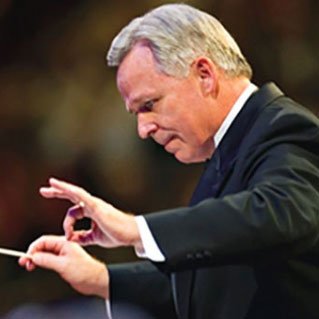
Craig Jessop
I spoke with a colleague in the Stanford Music Department, Leland Smith – inventor of Score the first computer-based music typography program. He suggested that I may wish to purchase a home computer to learn more. He warned me that if I got “hooked” I might find myself “knocking over 7-11 stores to support my ‘habit.’” We both laughed, but I later learned that he was correct and that computer equipment in those days was very costly.
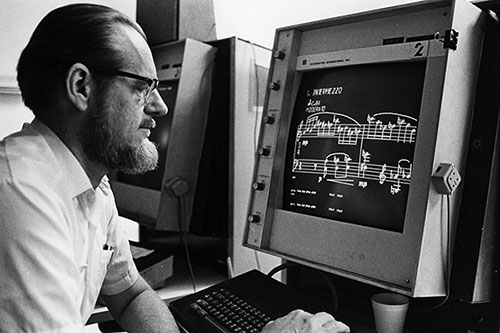
Leland Smith
I followed Leland’s suggestion and visited one of the local Radio Shack stores in Palo Alto and purchased a TRS-80 computer (it was lovingly known by many as the “trash-80.”) To me, however, it was amazing. It had 4K of memory, would only allow one language – Basic, and had no means of permanently keeping any data. Once the computer was turned off, everything which had been previously entered was gone forever. Later I purchased an analog cassette recorder which allowed me to “save” data typed into the computer.
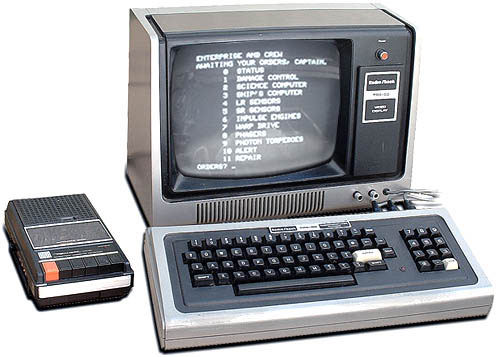
Radio Shack TRS-80
Even later, I purchased a Centronix 779 printer for $1,500 – a “dot matrix” printer with only one font and one size of font and upper case only! It probably weighed 60 pounds! It would have made a great boat anchor.
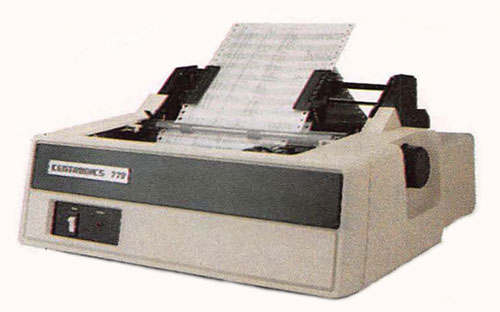
Centronix 779
Because I really was hoping to use the computer as a “word processor” – (you see I learned the lingo very quickly) – I returned to Radio Shack to purchase a word processor. When I inquired about it I was told that there was no such program for sale, BUT there was a professor at Stanford who had written one. He might share it with me. I called the program’s co-author, Theodore Hänsch, only to learn that he was on sabbatical leave.
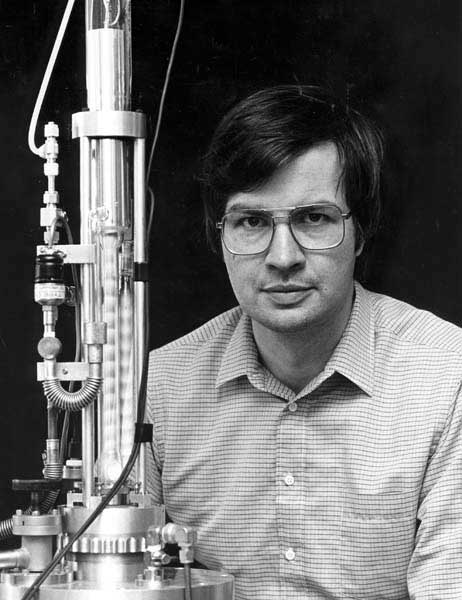
Theodore Hänsch
My call was forwarded on to the other co-author, Arthur Schawlow, who invited me over to his office (in the Physics Department) and suggested that I bring along my TRS-80 and he “would put some more memory” in it for me.
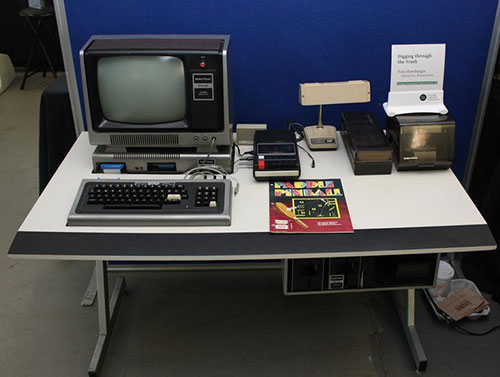
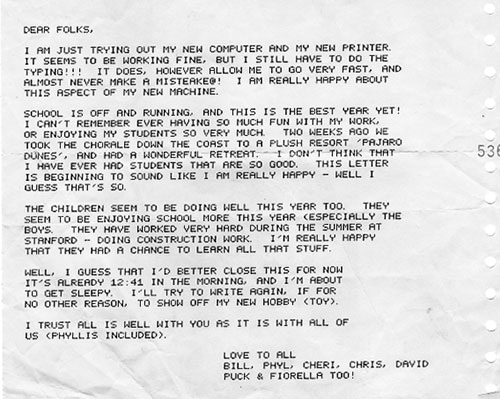
First Letter to my parents Printed on my Centronix 779
In a few days, I arrived at his office, computer under my arm and awaited the plethora of gifts I was about to receive. Art was interrupted several times during my visit and I had the opportunity to notice that he had many books about lasers on his shelf. Eventually, I asked him if the laser was “one of his major interests.” He chuckled and replied, “Well, I guess you could say so – I invented it!” Art was awarded the Nobel Prize in Physics in 1981. Art’s brother-in-law, Charles Townes, co-inventor of the laser, had been awarded the Nobel Prize in Physics in 1964. Interestingly enough, Ted Hänsch was later awarded the Nobel Prize in Physics in 2005.
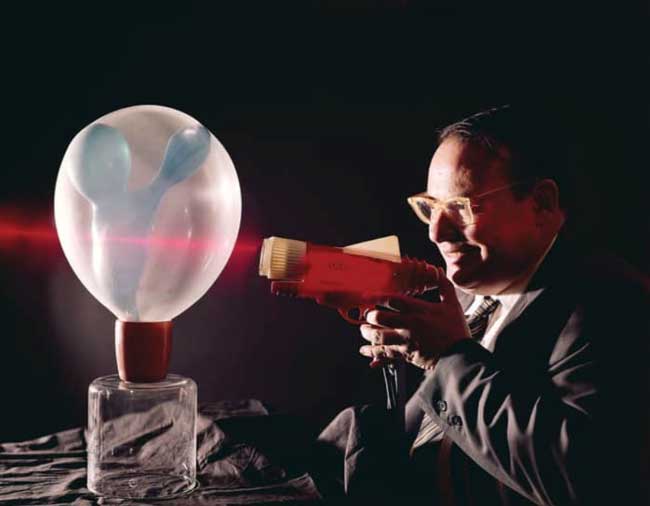
Arthur Schawlow
Although I knew nothing about Art Schawlow, he seemed to know everything about me. His wife was a member of the Stanford University Chorus which I conducted. Art had a profound interest in jazz and his wife had a degree in music and directed a church choir. We became dear friends for the remainder of Art’s life. While we were away from Stanford on sabbatical in Kentucky, I received the linked letter from Art. When I retired from Stanford, Art and Aurelia frequently came to our area to visit their son who was living in Paradise (the town that was totally destroyed during the Campfire wildfire in 2019.) Phyllis and I always enjoyed visiting with these dear friends. I had the honor of singing at his wife’s funeral.
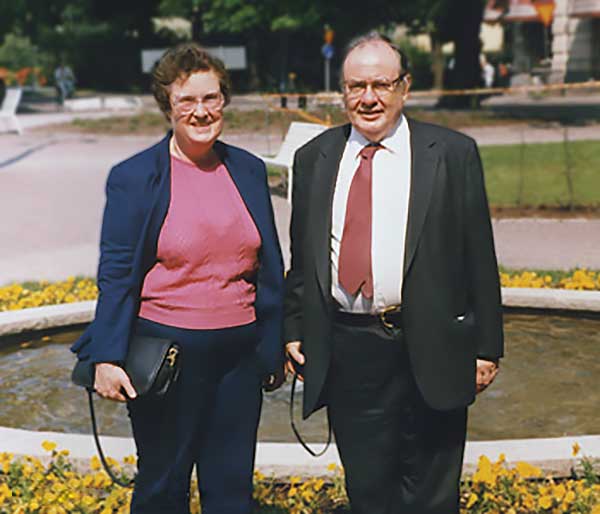
Aurelia and Arthur Schawlow
Art had a wonderful sense of humor. He told me that most of the world's greatest ideas were written on the back of an envelop. He then designed a envelop with had two "back" sides.
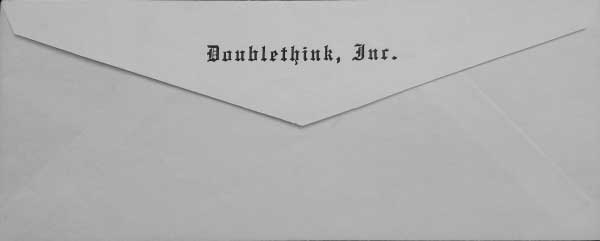
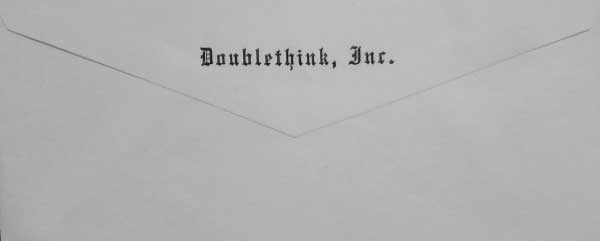
The Stanford Symphonic Chorus was made up of what was often referred to as "town-and-gown" personnel. When I was the new conductor of the Chorus, I was not totally aware of the backgrounds of people who were singing in the group. It was only later that I learned that some very influential people in computer science sang with me each week. Edward Feigenbaum and Bob Engelmore were both members of the Bass section. Ed was the Co-Founder and Chair of the Computer Science Department at Stanford and is regarded as the father of "Expert Systems" - a subset of Artificial Intelligence. He also created "Knowledge Engineering" which has revolutionized our world. Important projects that Ed was involved in include ACME, Mycin, SUMEX, and Dendral. He also co-founded companies as IntelliCorp and Teknowledge. Dr. Feigenbaum is the recipient of many awards and he also served as Chief Scientist of the United States Air Force from 1994 to 1997.
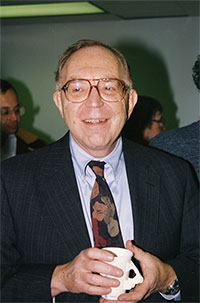
Edward Feigenbaum
Our first California house was located in Cupertino and our kids attended Homestead High School (the same school that Steve Jobs and Steve Wozniak had attended. Jobs had graduated in 1972 and we didn't arrive until 1975.) We lived on Anson Avenue, only a couple of blocks from the home office of Apple Computers. Despite the proximity, my first non-Radio Shack computer was an IBM and not an Apple. I did attend two different computer clubs - the best known was the Homebrew club which was also attended by both Jobs and Wozniak among many other early computer geniuses. Eventually, I did have an early Apple 2 and felt a remote kinship with its inventors.
In looking back, it seems unthinkable that my grandmother experienced the first automobiles, indoor plumbing, and in-home electricity, and the women's right to vote. My dad experienced the first radio and airplanes. I experienced the first dial phones and marveled at the first television. AND I have lived through the invention and ongoing evolution of the computer.
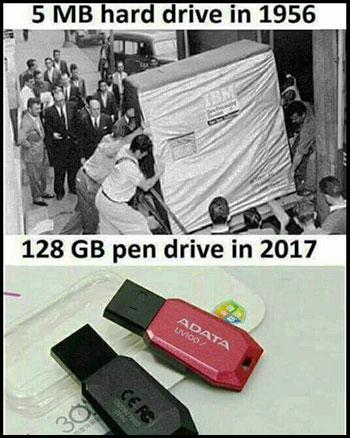
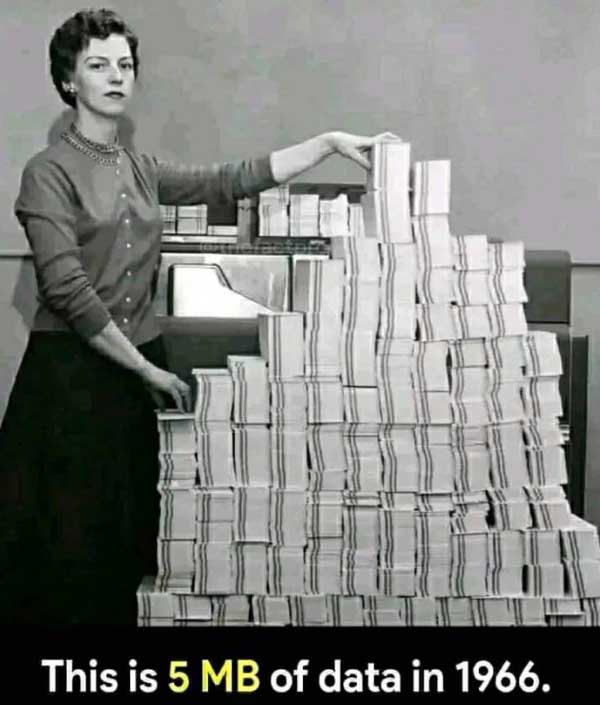

The huge machine at Kentucky Southern College in the early 1960s did not have a fraction of the computing power of a low-end cell phone of today. What technological advances might the future hold for my great-grandchildren?
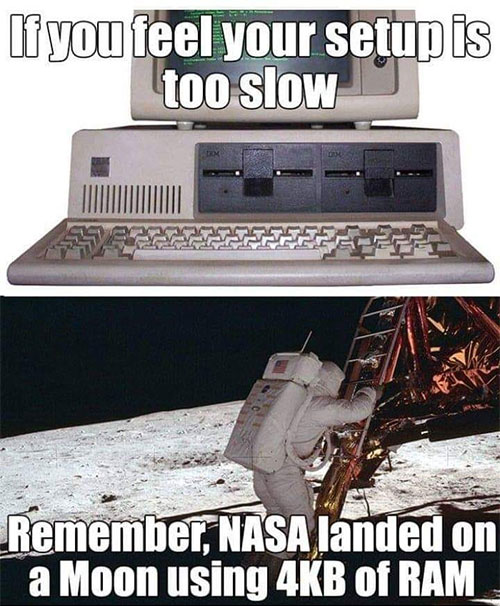
The oldest computer can be traced back to Adam and Eve.
It was an Apple.
But with extremely limited memory.
Just one byte.
Then everything crashed.
